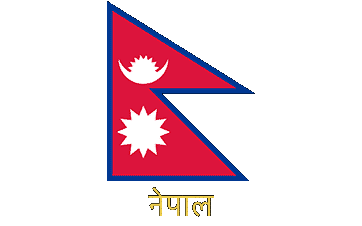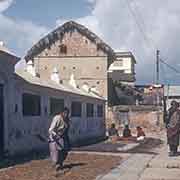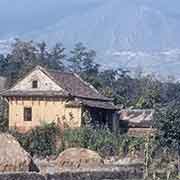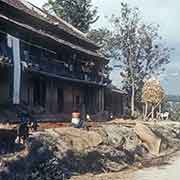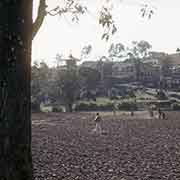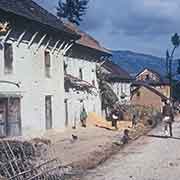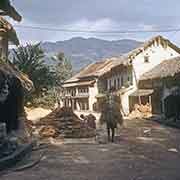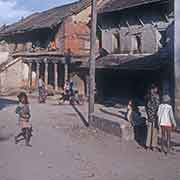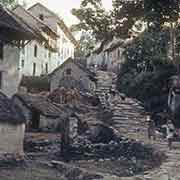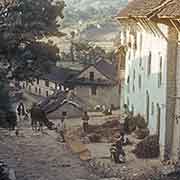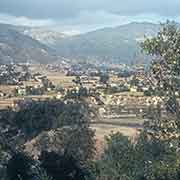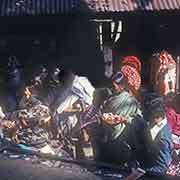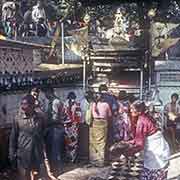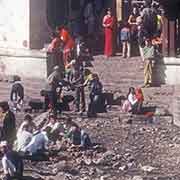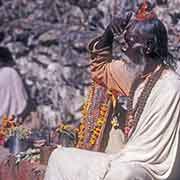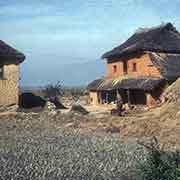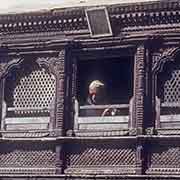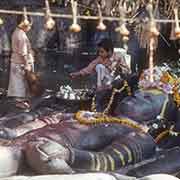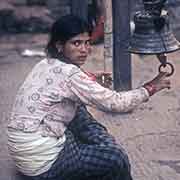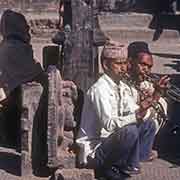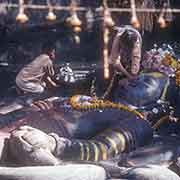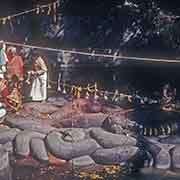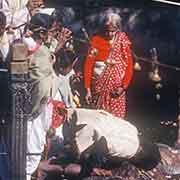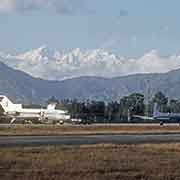Photos of Kathmandu Valley, centre of Nepal’s civilisation
Kathmandu Valley, centre of Nepal’s civilisation
The Kathmandu Valley was also known as the Nepal (or Nepa) Valley, at the crossroads of ancient Indian civilisations. It may have been inhabited as early as 300 BCE; the Licchavi Kingdom ruled it from around 400 to 750 CE, and the Malla dynasty from the 12th to the 18th Century CE. The Gorkha Kingdom conquered it and became present-day Nepal. The Kathmandu valley is inhabited by the Newar or Nepa people, who are the creators of the historic civilisation of the valley, in the three kingdoms of Kathmandu, Patan (now Lalitpur), and Bhadgaon (Bhaktapur).
you may then send it as a postcard if you wish.
In the valley, there are many villages with two-story houses and farms, temples, shrines, and places of pilgrimage. About 9 kilometres northeast of Kathmandu is the open-air Budhanilkantha Temple. It features a giant basalt statue of Lord Vishnu in the middle of a recessed pool of water, reclining on the coils of the cosmic serpent Shesha. It is considered the largest stone carving in Nepal.
Dakshinkali Temple, about 22 kilometres south of Kathmandu, is one of the major Hindu temples in Nepal dedicated to the goddess Kali. Cockerels and uncastrated male goats are slaughtered as offerings to the goddess, who, it is believed, protects her devotees and children from mishaps and misfortunes.


